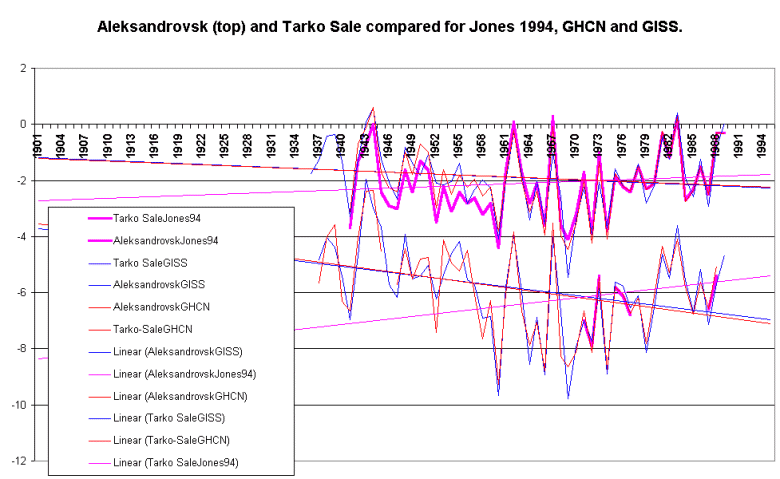
Figure 2 on the main page of this study shows the grid box centered
on 62.5 N-77.5 E warming at 2 degrees. For this box, there are just
two stations in Jones 1994, GHCN and GISS: Tarko Sale, a rural site
in the north, and Aleksandrovsk, a small town on the river Ob in the south.
Neither has data before 1935. Figure 4 shows the available
data. Note that:
* The Jones 1994 data for Tarko Sale extends for only 25 years -- from
1967 to 1992 -- and has gaps totalling 56% of the record. It
is not apparent why the thirty years of data prior to 1967 was not used.
The years that have been selected result in a warming trend which would
not have existed if the full length of Tarko Sale data had been used.
* Tarko Sale in GHCN/GISS is not homogenous with Aleksandrovsk prior to about 1960, so either Aleksandrovsk is too cool prior to 1960 or Tarko Sale is too warm.
* Data has not been found for Aleksandrovsk post 1989.
* The 2 degrees warming 1901-1996 claimed for this box is consistent with the average of the Jones trend lines for Tarko Sale (+3 degrees) and Aleksandrovsk (+1 degree). These warming trends only exist because so many years are missing from the Jones data (and to a lesser extent because the Jones data for Alexandrovsk is slightly cooler than GHCN/GISS data in earlier years). The major contribution comes from Tarko Sale, for which only a handful of years are shown, none of them before 1967.
* The full record at both stations shows an overall cooling trend, as shown by the GISS and GHCN trend lines.
Figure 4

You read it first here
© Warwick Hughes, 2000-2001
globalwarming-news.com
Warwick S. Hughes, 22, July, 2000. re-written 24, June, 2001